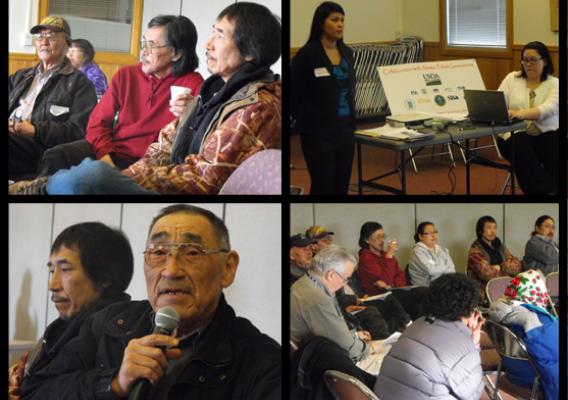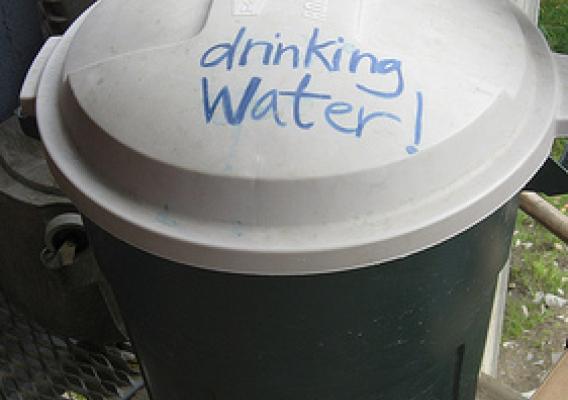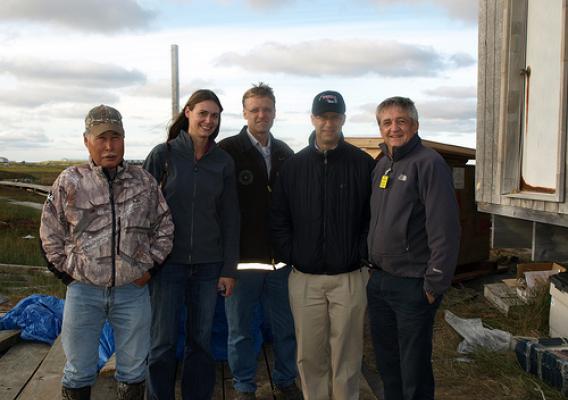It’s a bit boggling to imagine so much broadband technology could be woven into the far reaches of Alaska’s vast wilderness, but on August 25th it became a reality. Representatives of the organizations and people of Southwest Alaska who are benefitting from this important project, including a variety of local, state and federal officials, met in Dillingham to mark progress on the TERRA-SW project.
When complete, TERRA-SW will make broadband available to more than 9,000 rural Alaskan households and nearly 750 businesses in the covered communities. The project will also serve numerous public, non-profit, private community institutions and entities such as regional healthcare providers, school districts and other regional and Alaska Native organizations. TERRA-SW will provide middle-mile terrestrial broadband service to 65 remote, rural communities in Bristol Bay and the Yukon-Kuskokwim Delta (Y-K Delta), including Bethel, Dillingham and King Salmon.








